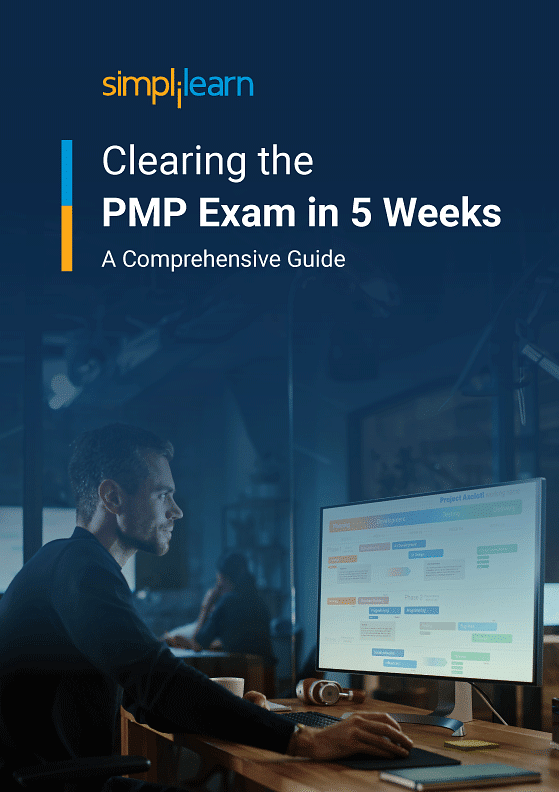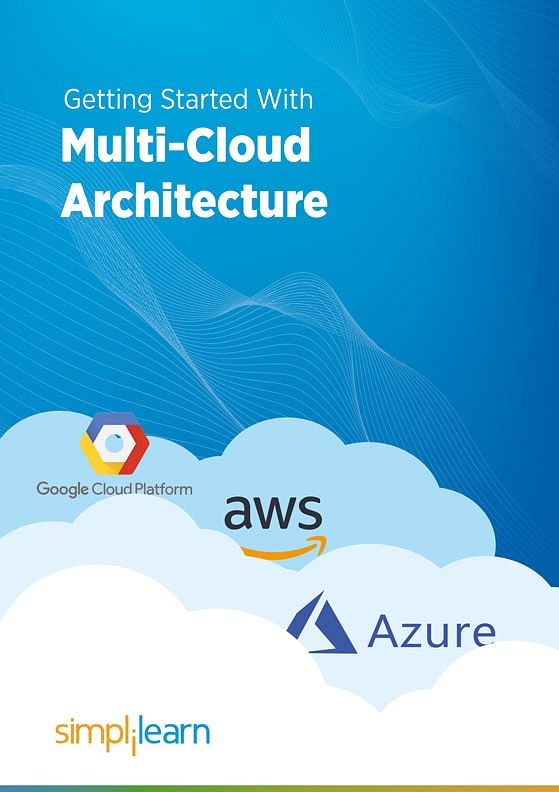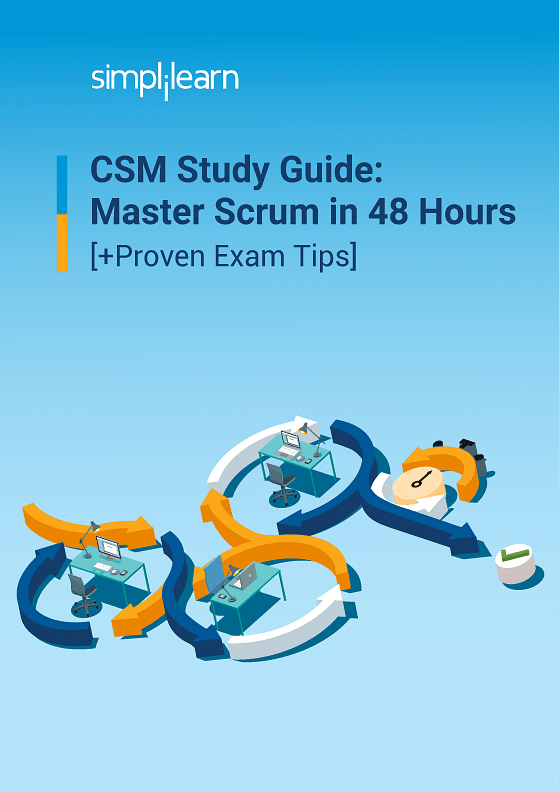HomeResources
Resources
Explore insights, tips, and articles written by experts in a range of professional domains.
 ArticleLast updated on Apr 14, 2025
ArticleLast updated on Apr 14, 2025What is Six Sigma: Everything You Need to Know About it
 WebinarApr 30, 2025
WebinarApr 30, 2025From Building LLMs to AI Agents: All About Applied GenAI Specialization Program
 WebinarMay 6, 2025
WebinarMay 6, 2025Agile Coach's PoV: Trends Shaping Agile Careers in 2025
 ArticleLast updated on Mar 24, 2025
ArticleLast updated on Mar 24, 2025Is DevOps Hard?
Browse the categories
Data Science & Business Analytics(495)
View All
What Is Interpolation? Everything You Need to Know

Why Python Is Essential for Data Analysis and Data Science?

Data Science Career Guide: A Comprehensive Playbook To Becoming A Data Scientist
AI & Machine Learning(446)
View All
Different Natural Language Processing Techniques in 2025

Top 10 Free Generative AI Courses and Programs to Learn Online

Artificial Intelligence Career Guide: A Comprehensive Playbook to Becoming an AI Expert
Project Management(472)
View All
Network Diagram: An Important Tool for Effective Time Management

Project Management Concepts: What is an Issue Log?

How to Pass the PMP Exam? 5-week Study Guide
Cyber Security(298)
View All
What are TCP and UDP, How Do They Work, and How Do They Compare?

The Importance of Security Awareness Training

Cybersecurity Trends: Where the Industry Is Heading in an Uncertain 2024
Cloud Computing(313)
View All
Azure Architecture Explained

Characteristics of Cloud Computing

Getting Started With Multi-Cloud Architecture
DevOps(126)
View All
What Is an Ansible Playbook and How to Write One on Your Own?

How to Revert a Commit in Git: A Step-by-Step Guide

Getting Started With AIOps
Business and Leadership(295)
View All![Graphic Design Trends : What's Hot and What's Not [2025] Graphic Design Trends : What's Hot and What's Not [2025]](https://www.simplilearn.com/ice9/free_resources_article_thumb/Is_Graphic_Design_A_Good_Career.jpg)
Graphic Design Trends : What's Hot and What's Not [2025]

Top 10 HR Concepts and Terms

Skilling for the Digital Economy: A Role-Based Approach
Quality Management(114)
View All
Lean Thinking: Overview, Origins, Basic Principles, Benefits, and Applications Explained

10 Benefits of Quality Management System (QMS)

Free eBook: Top 25 Interview Questions and Answers: Quality Management
Software Development(1131)
View All
Software Development Projects

Spiral Model in Software Engineering

Blockchain Interview Guide
Agile and Scrum(121)
View All
What is WSJF (Weighted Shortest Job First) in Agile?

The Agile Manifesto: Agile Certified Practitioner

CSM Study Guide: Master Scrum in 48 Hours
IT Service and Architecture(122)
View All
What is Release Management? A Complete Overview

A Guide to IT Salaries in the UK

Role of an Enterprise Architect
Digital Marketing(675)
View All
Social Media Trends for 2025

Introduction to Social Media Optimization

SEO for Video
Big Data(142)
View All
Future of Big Data: Predictions for 2025 & Beyond!

Top Big Data Technologies in 2025

Free eBook: Top 25 Interview Questions and Answers: Big Data Analytics
Career Fast-track(190)
View All
What Is Self Evaluation and How to Write a Self Evaluation

What are Continuing Education Courses? Methods, Types, Tips to Choose One

The State of Upskilling in 2023
- Acknowledgement
- PMP, PMI, PMBOK, CAPM, PgMP, PfMP, ACP, PBA, RMP, SP, OPM3 and the PMI ATP seal are the registered marks of the Project Management Institute, Inc.








